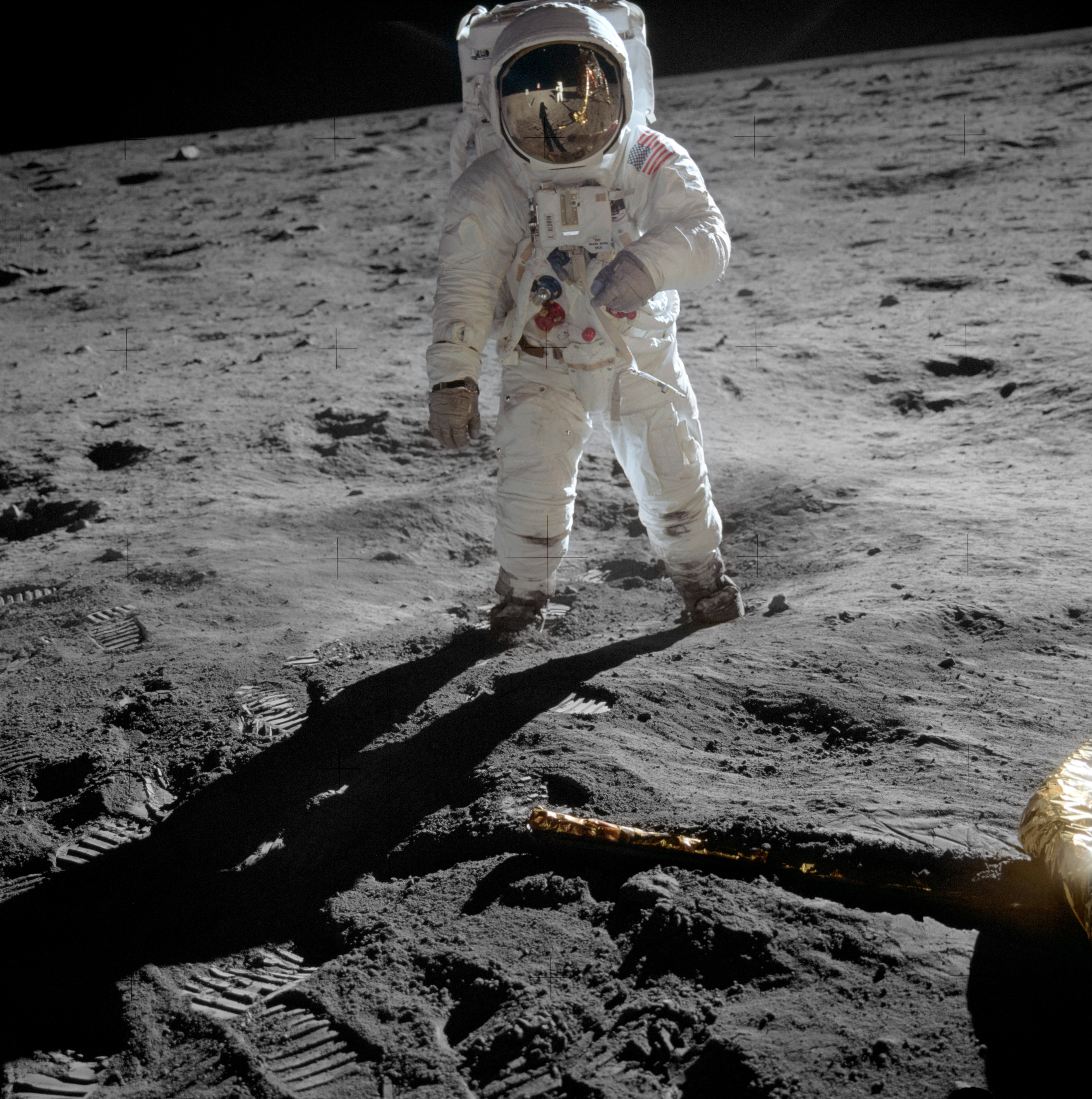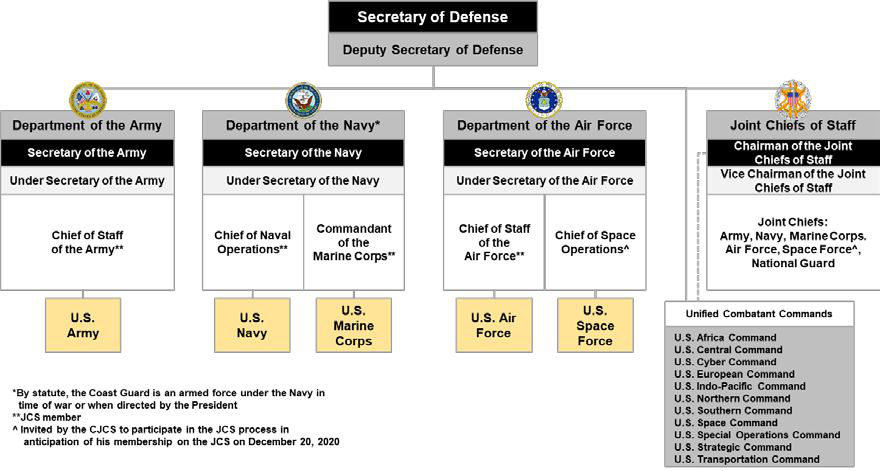|
Charles Stark Draper Laboratory
Draper Laboratory is an American non-profit research and development organization, headquartered in Cambridge, Massachusetts; its official name is The Charles Stark Draper Laboratory, Inc. The laboratory specializes in the design, development, and deployment of advanced technology solutions to problems in national security, space exploration, health care and energy. The laboratory was founded in 1932 by Charles Stark Draper at the Massachusetts Institute of Technology (MIT) to develop aeronautical instrumentation, and came to be called the MIT Instrumentation Laboratory. During this period the laboratory is best known for developing the Apollo Guidance Computer, the first silicon integrated circuit-based computer. It was renamed for its founder in 1970, and separated from MIT in 1973 to become an independent, non-profit organization. The expertise of the laboratory staff includes the areas of guidance, navigation, and control technologies and systems; fault-tolerant computing; ... [...More Info...] [...Related Items...] OR: [Wikipedia] [Google] [Baidu] |
Albert G
Albert may refer to: Companies * Albert Computers, Inc., a computer manufacturer in the 1980s * Albert Czech Republic, a supermarket chain in the Czech Republic * Albert Heijn, a supermarket chain in the Netherlands * Albert Market, a street market in The Gambia * Albert Music, an Australian music company now known as Alberts ** Albert Productions, a record label * Albert (organisation), an environmental organisation concerning film and television productions Entertainment * ''Albert'' (1985 film), a Czechoslovak film directed by František Vláčil * ''Albert'' (2015 film), a film by Karsten Kiilerich * ''Albert'' (2016 film), an American TV movie * ''Albert'' (album), by Ed Hall, 1988 * "Albert" (short story), by Leo Tolstoy * Albert (comics), a character in Marvel Comics * Albert (''Discworld''), a character in Terry Pratchett's ''Discworld'' series * Albert, a character in Dario Argento's 1977 film '' Suspiria'' People * Albert (given name) * Albert (surname) * P ... [...More Info...] [...Related Items...] OR: [Wikipedia] [Google] [Baidu] |
Don Eyles
Don Eyles is a retired computer engineer who worked on the computer systems in the Apollo Lunar Module vehicle. As a young engineer during the lunar landing on Lunar Module ''Eagle'' on 20 July 1969 he assisted with a series of computer alarms caused by data overflow from the radar, which could have caused the mission to be aborted. Apollo missions Eyles was educated at Boston University where he earned a bachelor of science in mathematics. In 1966, at age 23, Eyles was hired by Draper Laboratory. He helped program the onboard computer for the Apollo Guidance Program Section where he worked with MIT, and other researchers, on the Apollo Guidance Computer. During the Apollo missions Eyles worked on the computer systems, programming for Jack Garman, advising flight controllers in Mission Control on the operation of spacecraft computer systems and prior to the Apollo 11 mission he helped program operations for how flight controllers could react to a computer error code. There wer ... [...More Info...] [...Related Items...] OR: [Wikipedia] [Google] [Baidu] |
Hal Laning
J. Halcombe "Hal" Laning Jr. (February 14, 1920, in Kansas City, Missouri – May 29, 2012) was a Massachusetts Institute of Technology computer pioneer who in 1952 invented an algebraic compiler called George (also known as the Laning and Zierler system after the authors of the published paper) that ran on the MIT Whirlwind, the first real-time computer. Laning designed George to be an easier-to-use alternative to assembly language for entering mathematical equations into a computer. He later became a key contributor to the 1960s race to the Moon, with pioneering work on space-based guidance systems for the Apollo Moon missions. From 1955 to 1980, he was deputy associate director of the MIT Instrumentation Laboratory. In 1956 he published the book ''Random Processes in Automatic Control'' (McGraw-Hill Series on Control System Engineering), with Richard Battin as a coauthor. In collaboration with Phil Hankins ... [...More Info...] [...Related Items...] OR: [Wikipedia] [Google] [Baidu] |
Margaret Hamilton (software Engineer)
Margaret Elaine Hamilton (; born August 17, 1936) is an American computer scientist. She directed the Software Engineering Division at the Draper Laboratory, MIT Instrumentation Laboratory, where she led the development of the on-board flight software for NASA's Apollo Guidance Computer for the Apollo program. She later founded two software companies, Higher Order Software in 1976 and Hamilton Technologies in 1986, both in Cambridge, Massachusetts. Hamilton has published more than 130 papers, proceedings, and reports, about sixty projects, and six major programs. She coined the term "software engineering", stating "I began to use the term 'software engineering' to distinguish it from hardware and other kinds of engineering, yet treat each type of engineering as part of the overall systems engineering process." On November 22, 2016, Hamilton received the Presidential Medal of Freedom from president Barack Obama for her work leading to the development of on-board flight software ... [...More Info...] [...Related Items...] OR: [Wikipedia] [Google] [Baidu] |
UGM-27 Polaris
The UGM-27 Polaris missile was a two-stage solid-fueled nuclear-armed submarine-launched ballistic missile (SLBM). As the United States Navy's first SLBM, it served from 1961 to 1980. In the mid-1950s the Navy was involved in the Jupiter missile project with the U.S. Army, and had influenced the design by making it squat so it would fit in submarines. However, they had concerns about the use of liquid fuel rockets on board ships, and some consideration was given to a solid fuel version, Jupiter S. In 1956, during an anti-submarine study known as Project Nobska, Edward Teller suggested that very small hydrogen bomb warheads were possible. A crash program to develop a missile suitable for carrying such warheads began as Polaris, launching its first shot less than four years later, in February 1960. As the Polaris missile was fired underwater from a moving platform, it was essentially invulnerable to counterattack. This led the Navy to suggest, starting around 1959, that they ... [...More Info...] [...Related Items...] OR: [Wikipedia] [Google] [Baidu] |
Submarine-launched Ballistic Missile
A submarine-launched ballistic missile (SLBM) is a ballistic missile capable of being launched from Ballistic missile submarine, submarines. Modern variants usually deliver multiple independently targetable reentry vehicles (MIRVs), each of which carries a thermonuclear weapon, nuclear warhead and allows a single launched missile to strike several targets. Submarine-launched ballistic missiles operate in a different way from submarine-launched cruise missiles. Modern submarine-launched ballistic missiles are closely related to intercontinental ballistic missiles (ICBMs), with ranges of over , and in many cases SLBMs and ICBMs may be part of the same family of weapons. History Origins The first practical design of a submarine-based launch platform was developed by the Germans near the end of World War II involving a launch tube which contained a V-2 rocket, V-2 ballistic missile variant and was towed behind a submarine, known by the code-name V-2 rocket#Unfulfilled plans, ''Prüfs ... [...More Info...] [...Related Items...] OR: [Wikipedia] [Google] [Baidu] |
Ballistic Missile Submarine
A ballistic missile submarine is a submarine capable of deploying submarine-launched ballistic missiles (SLBMs) with nuclear warheads. These submarines became a major weapon system in the Cold War because of their nuclear deterrence capability. They can fire missiles thousands of kilometers from their targets, and acoustic quieting makes them difficult to detect (see acoustic signature), thus making them a survivable deterrent in the event of a first strike and a key element of the mutual assured destruction policy of nuclear deterrence. The deployment of ballistic missile submarines is dominated by the United States, Russia (following the collapse of the Soviet Union) and China. In fact, 70% of nuclear warheads in the USA are carried by ballistic missile submarines.Rafal, A. S. (2021). THE FUTURE OF SUBMARINE WARFARE: NUCLEAR POWERED SUBMARINES ARE THE BEDROCK OF NAVAL WARFARE, OR MAYBE NOT. MS Thesis. Joint Forces Staff College-NDU, Joint Advanced Warfighting School]. ... [...More Info...] [...Related Items...] OR: [Wikipedia] [Google] [Baidu] |
Apollo Program
The Apollo program, also known as Project Apollo, was the United States human spaceflight program led by NASA, which Moon landing, landed the first humans on the Moon in 1969. Apollo followed Project Mercury that put the first Americans in space. It was conceived in 1960 as a three-person spacecraft during President Presidency of Dwight D. Eisenhower, Dwight D. Eisenhower's administration. Apollo was later dedicated to President John F. Kennedy's national goal for the 1960s of "landing a man on the Moon and returning him safely to the Earth" in an address to United States Congress, Congress on May 25, 1961. It was the third American human spaceflight program to fly, preceded by Project Gemini conceived in 1961 to extend spaceflight capability in support of Apollo. Kennedy's goal was accomplished on the Apollo 11 mission when astronauts Neil Armstrong and Buzz Aldrin landed their Apollo Lunar Module (LM) on July 20, 1969, and walked on the lunar surface, while Michael Collins ( ... [...More Info...] [...Related Items...] OR: [Wikipedia] [Google] [Baidu] |
NASA
The National Aeronautics and Space Administration (NASA ) is an independent agencies of the United States government, independent agency of the federal government of the United States, US federal government responsible for the United States's civil list of government space agencies, space program, aeronautics research and outer space, space research. National Aeronautics and Space Act, Established in 1958, it succeeded the National Advisory Committee for Aeronautics (NACA) to give the American space development effort a distinct civilian orientation, emphasizing peaceful applications in space science. It has since led most of America's space exploration programs, including Project Mercury, Project Gemini, the 1968–1972 Apollo program missions, the Skylab space station, and the Space Shuttle. Currently, NASA supports the International Space Station (ISS) along with the Commercial Crew Program and oversees the development of the Orion (spacecraft), Orion spacecraft and the Sp ... [...More Info...] [...Related Items...] OR: [Wikipedia] [Google] [Baidu] |
US Department Of Defense
The United States Department of Defense (DoD, USDOD, or DOD) is an executive department of the U.S. federal government charged with coordinating and supervising the six U.S. armed services: the Army, Navy, Marines, Air Force, Space Force, the Coast Guard for some purposes, and related functions and agencies. As of November 2022, the department has over 1.4 million active-duty uniformed personnel in the six armed services. It also supervises over 778,000 National Guard and reservist personnel, and over 747,000 civilians, bringing the total to over 2.91 million employees. Headquartered at the Pentagon in Arlington County, Virginia, just outside Washington, D.C., the Department of Defense's stated mission is "to provide the military forces needed to deter war and ensure our nation's security". The current Secretary of Defense is Pete Hegseth. The Department of Defense is headed by the secretary of defense, a cabinet-level head who reports directly to the president of the ... [...More Info...] [...Related Items...] OR: [Wikipedia] [Google] [Baidu] |
Green Wall
A green wall is a vertical built structure intentionally covered by vegetation. Green walls include a vertically applied growth medium such as soil, substitute substrate, or hydroculture felt; as well as an integrated hydration and fertigation delivery system. They are also referred to as living walls or vertical gardens, and widely associated with the delivery of many beneficial ecosystem services. Green walls differ from the more established vertical greening typology of 'green facades' as they have the growth medium supported on the vertical face of the host wall (as described below), while green facades have the growth medium only at the base (either in a container or as a ground bed). Green facades typically support climbing plants that climb up the vertical face of the host wall, while green walls can accommodate a variety of plant species. Green walls may be implanted indoors or outdoors; as freestanding installations or attached to existing host walls; and applied in a v ... [...More Info...] [...Related Items...] OR: [Wikipedia] [Google] [Baidu] |






